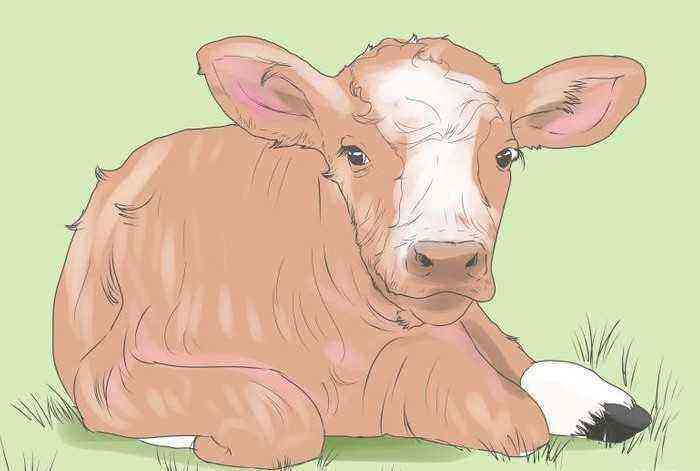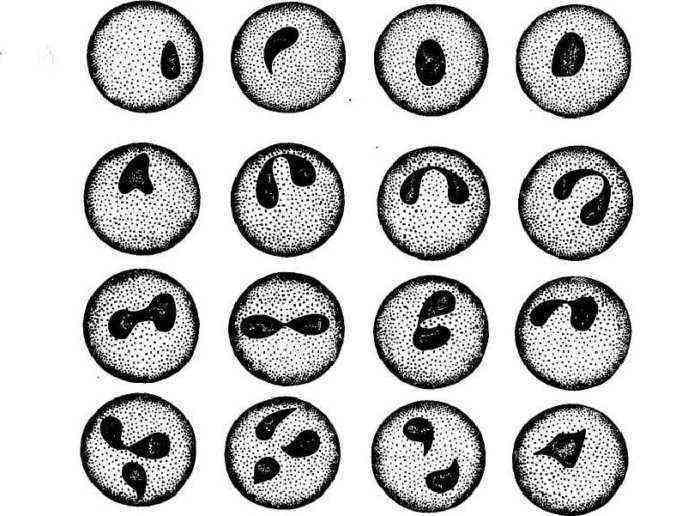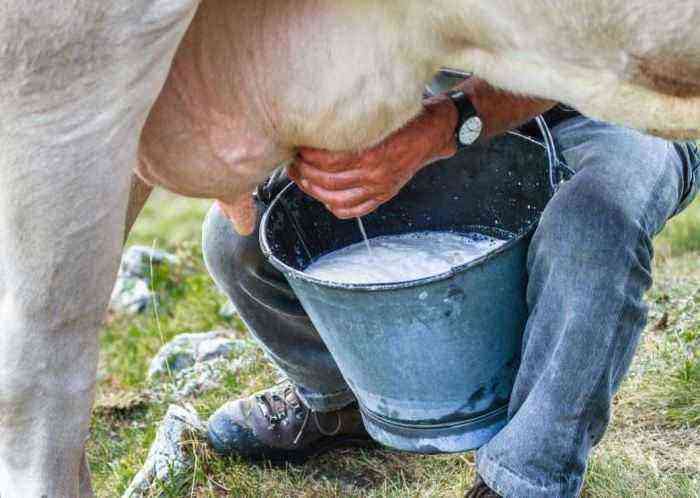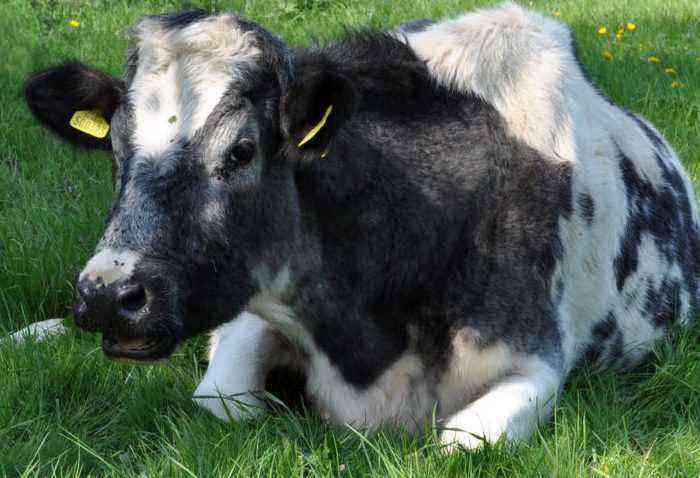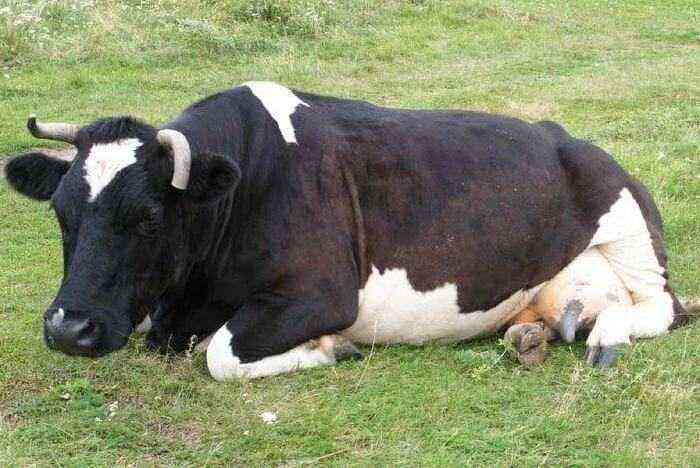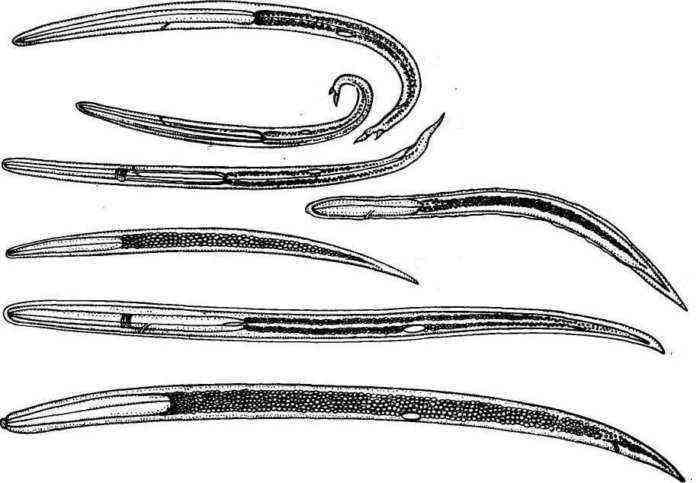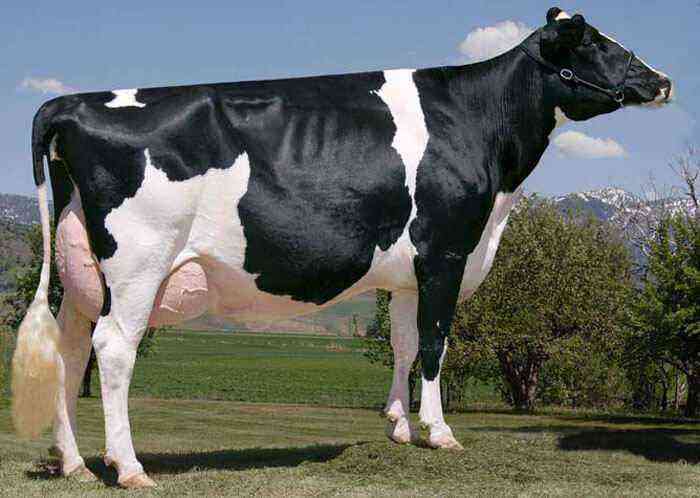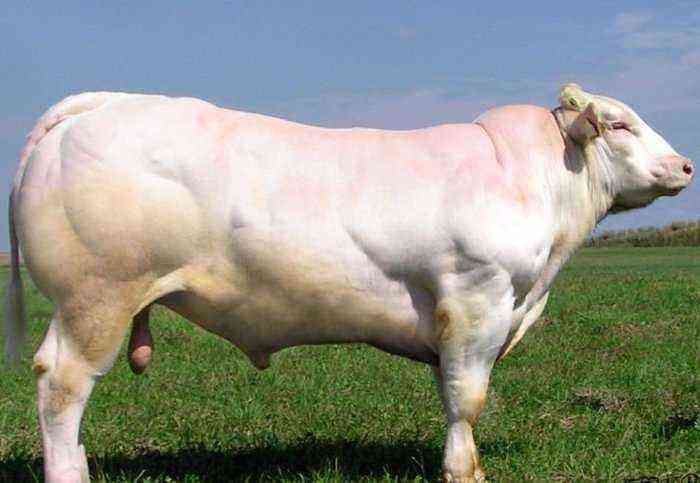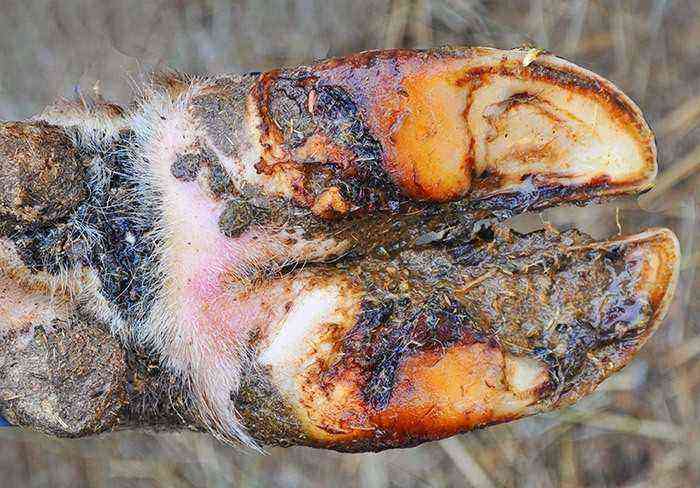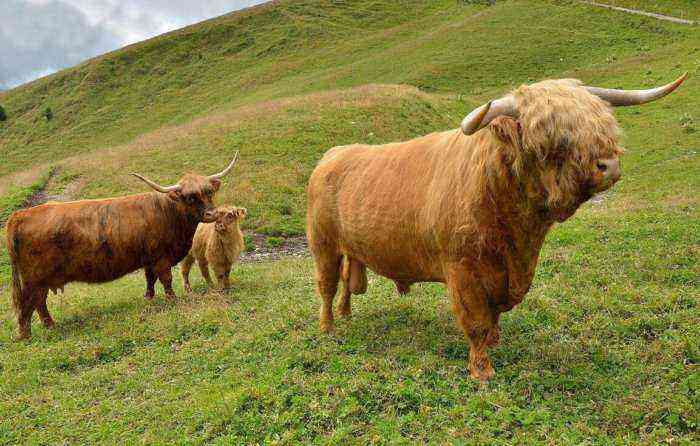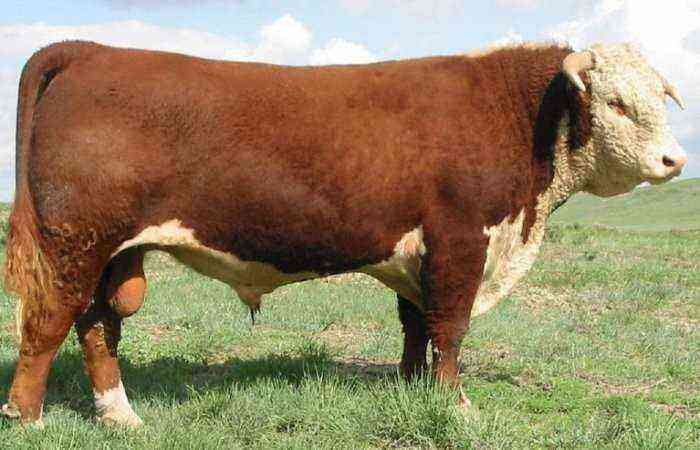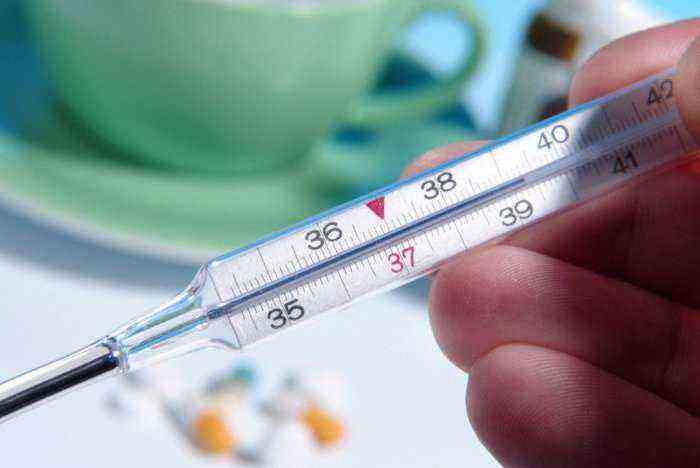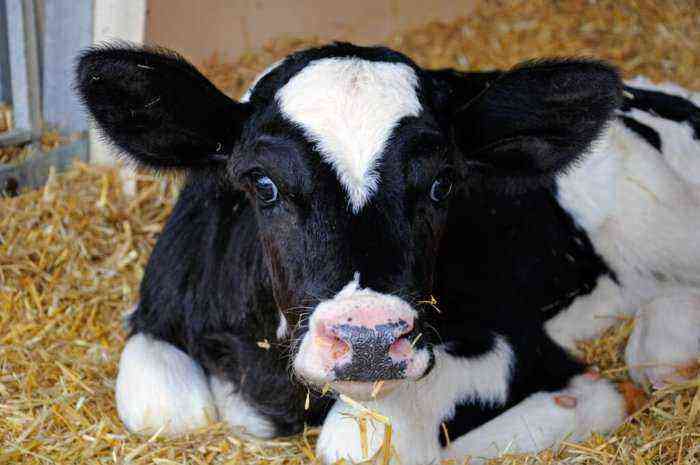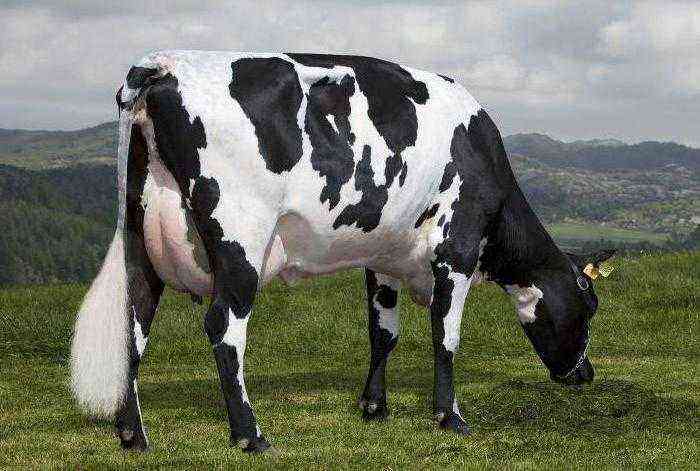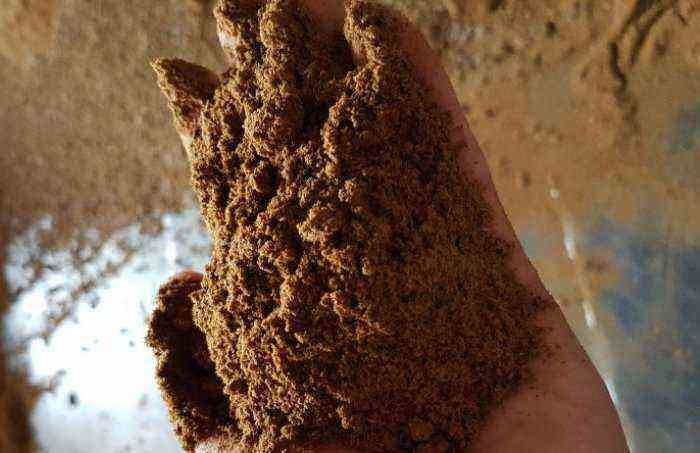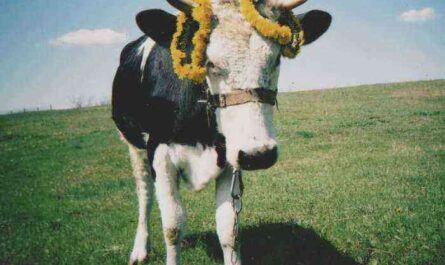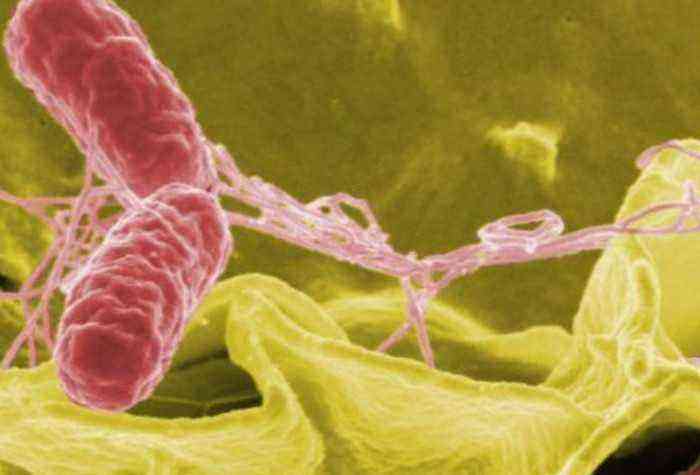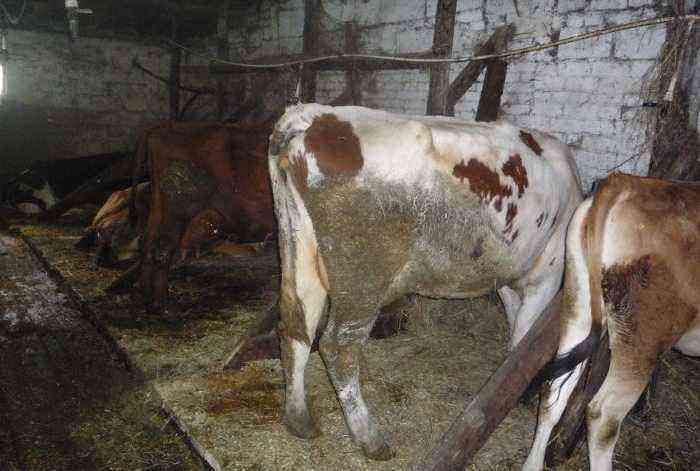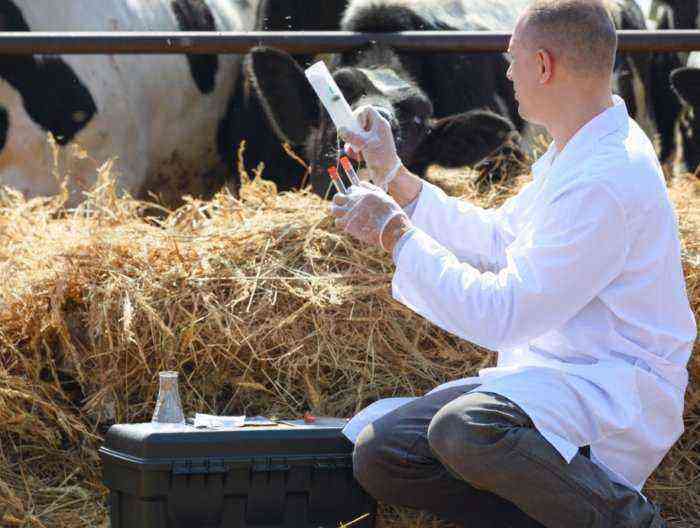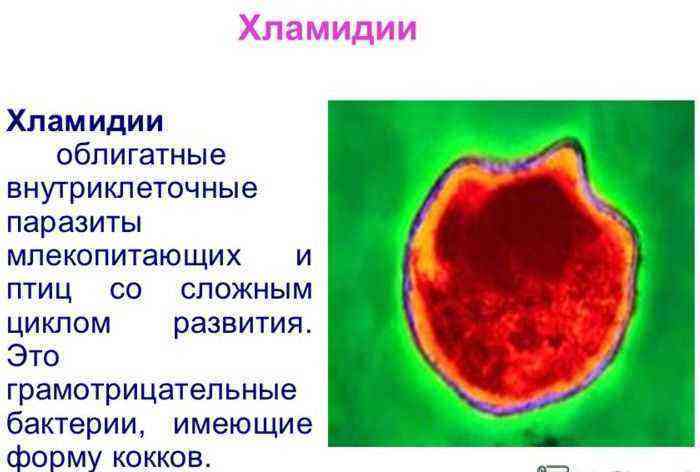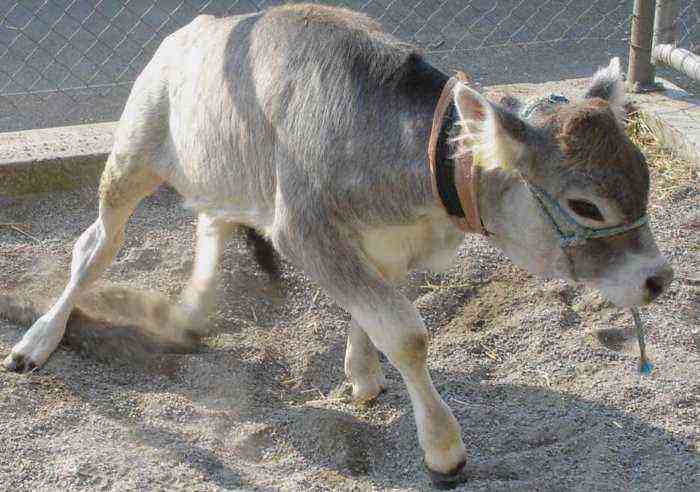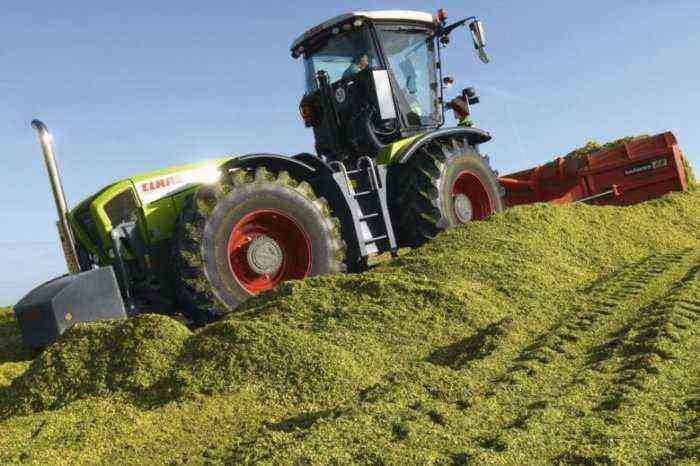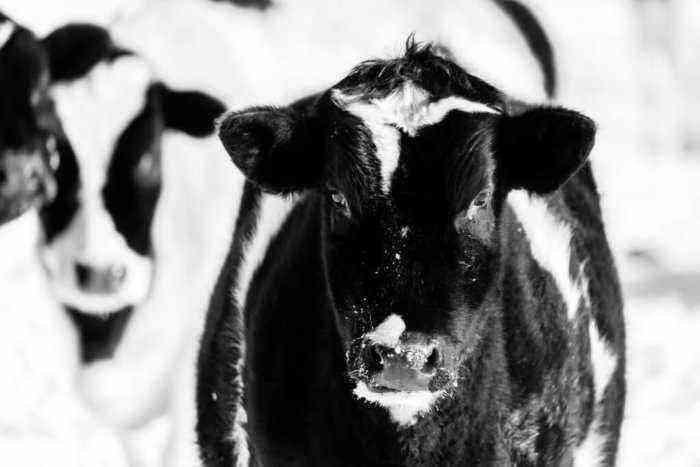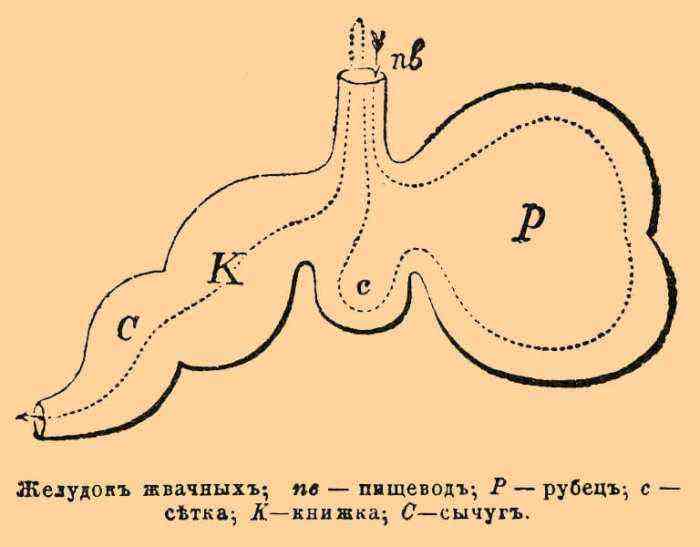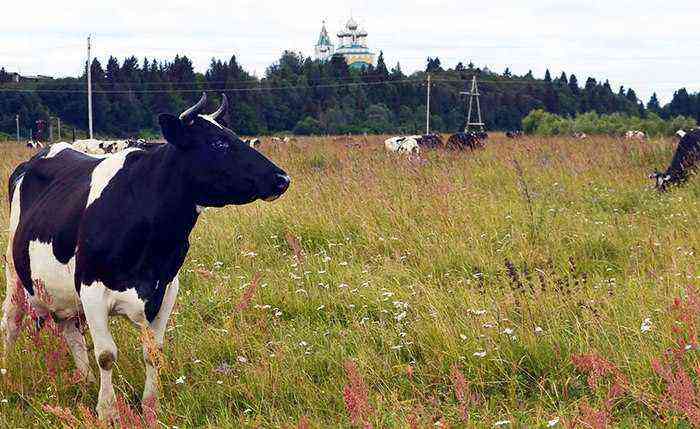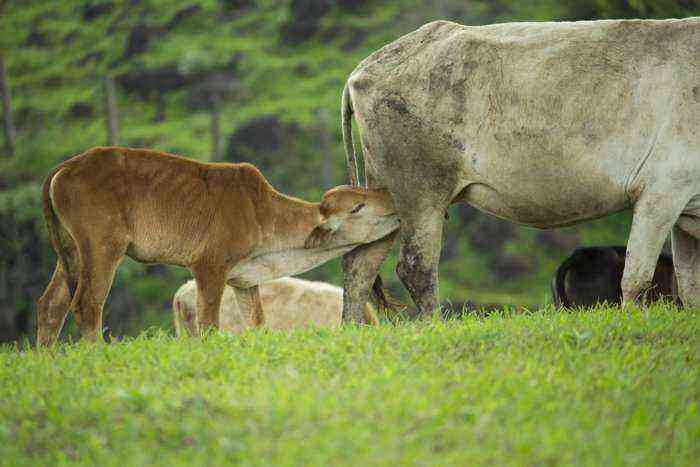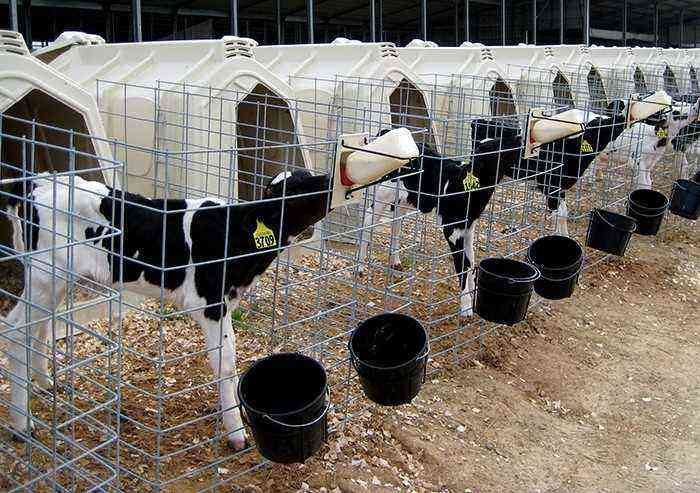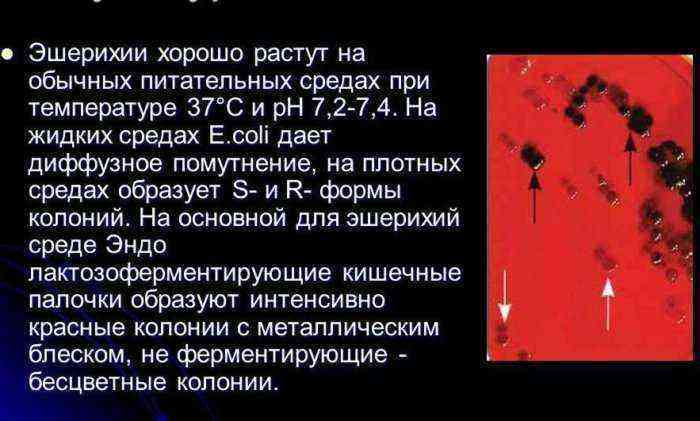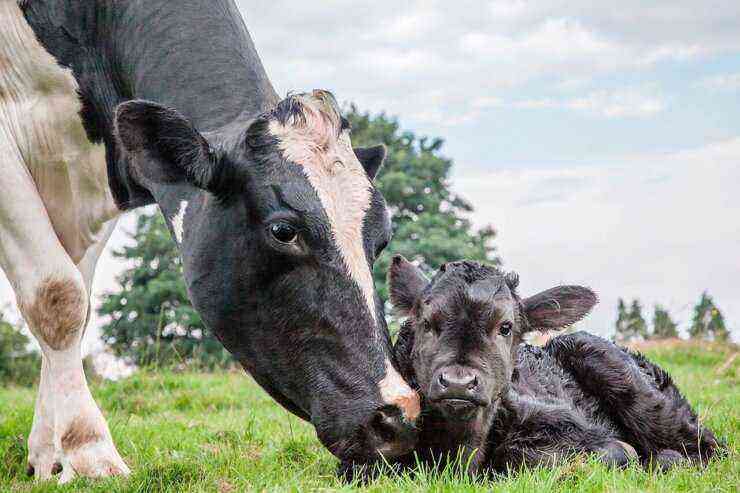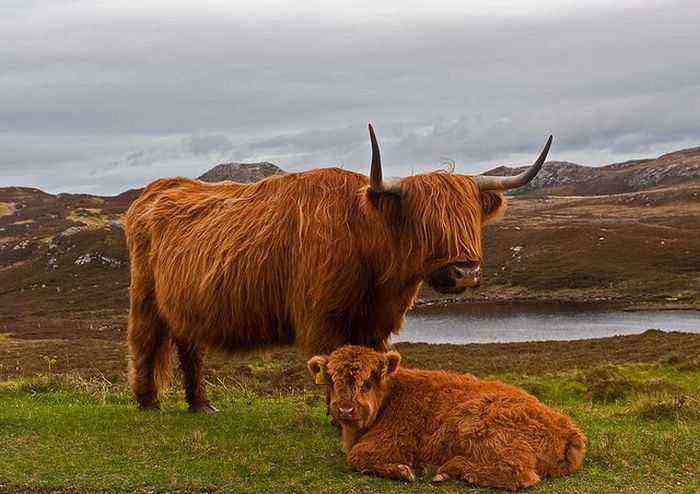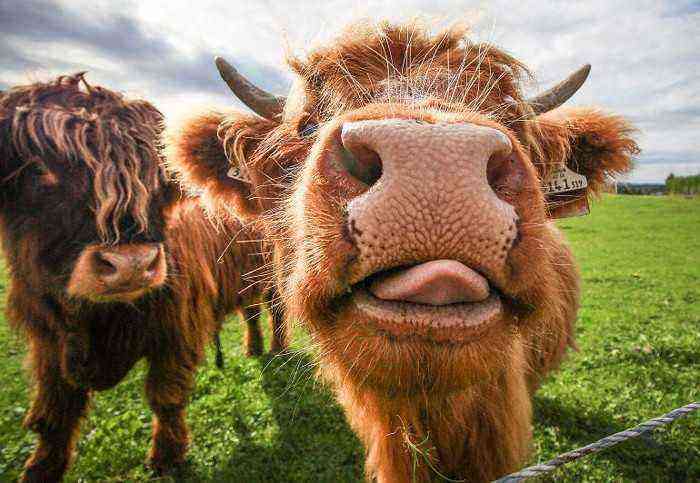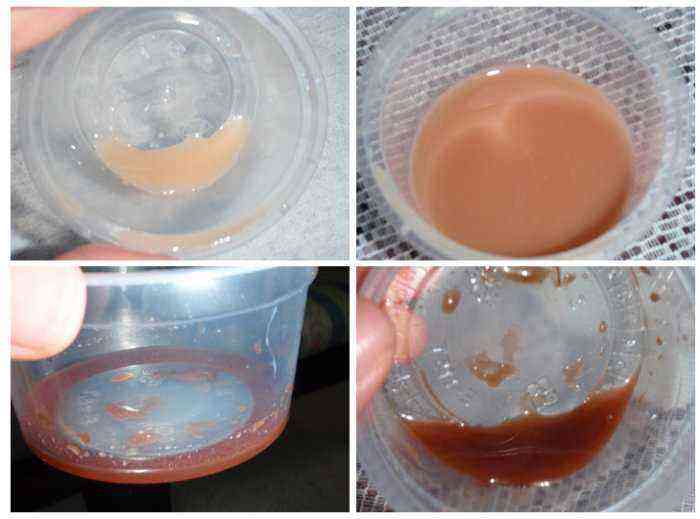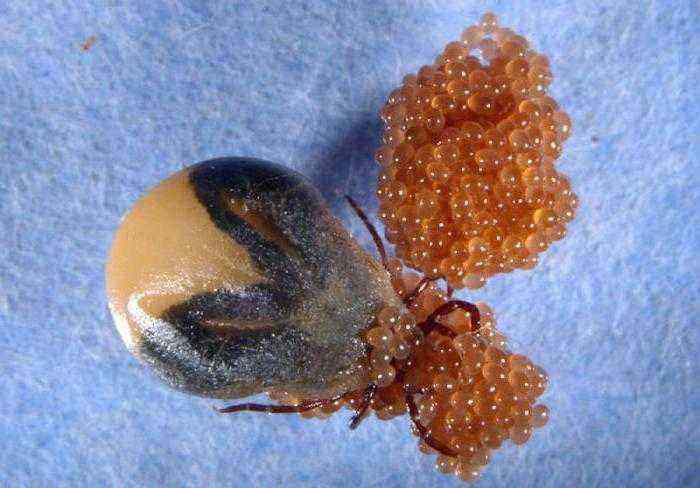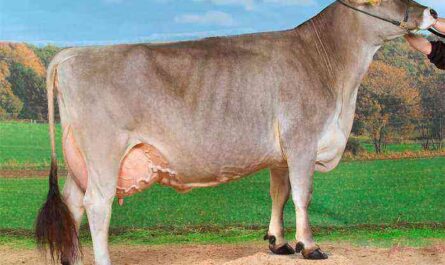Farmers are happy to wait for the calving of the cow, because so much effort has been devoted to caring for the animal during the last 9 months of pregnancy. However, the appearance of offspring is often associated with troubles, and the reason for this is the illness of cows after calving. Labor activity greatly weakens the cow, so any complications and ailments that occur in the period after the birth of the calf are a reason to seek help from the veterinary service.
cow after calving
Characteristics and types of diseases
The period after the birth of a calf is often accompanied by various pathologies in the health of cows. There are injuries received during labor, inflammatory processes develop against the background of a decrease in the immunity of the animal. What complications occur most often in the period after calving:
- Prolapse of the uterus.
- Detention of the placenta.
- Ruptures of the perineum and vagina.
- Deposit.
- Infectious diseases.
Consider each condition separately to get some idea of the possible complications and their manifestations.
Uterine prolapse
Prolapse of the uterus after calving is a dangerous pathology that can lead to endometritis, infertility and even sepsis. The most common causes of uterine intussusception are:
- Poor living conditions during the stagnation period.
- Lack of regular walking.
- Difficult childbirth.
- Poor nutrition during pregnancy.
- Tethered content in a room with a adobe floor.
- Diseases.
Uterine prolapse, regardless of the reasons that provoked this condition, is always associated with a weakening of the walls of the reproductive organ – they become flabby. During calving, due to strong contractions, the uterus turns inside out and penetrates through the open cervical canal to the outside.

Sex organs of a cow
A visual examination of the animal allows you to make a diagnosis – uterine prolapse. At the same time, a pear-shaped organ protrudes from the cow’s vagina, which can hang down to the hock joint. This pathology requires qualified assistance. The uterus must be treated – rinsed with water and a solution of potassium permanganate, and then set in place. An important stage of treatment is the fixation of the reproductive organ inside in order to avoid its re-falling out. To do this, take the following steps:
- a pessary is inserted into the vagina – a fixing device designed to hold the uterus inside.
- the vulva is sutured;
- provide the animal with an inclined position (croup above the head).
A veterinarian or a person with experience who has repeatedly performed this procedure should be engaged in the reduction of the uterus in a cow. To do this, he puts on gloves, squeezes his hand into a fist, wraps it with a cotton cloth and presses the fallen organ inside exactly in the center.
Attention! If there are necrotic foci or other suspicious inclusions on the organ, the uterus must be removed. In this case, you can not do without the help of a specialist.
Detention of the afterbirth
Detention of the placenta is common in veterinary practice. After calving, the placenta should normally separate within 2-6 hours. Sometimes it happens a little later. But if the placenta did not come out within 8 hours after the birth of the calf, they talk about his detention. What is the danger of this condition:
- The placental tissues will begin to decompose in the cow’s uterus.
- The infection will spread to the walls of the uterus.
- The intoxication of the body will begin.
- Purulent contents through the blood will penetrate into other organs.
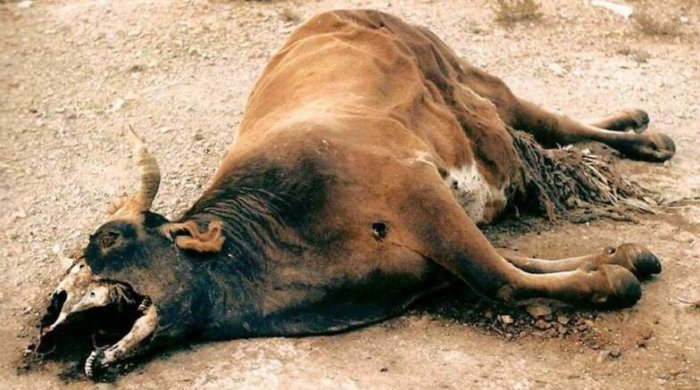
Detention of the placenta is fatal
If the afterbirth remains inside for a long time, this is fraught with even more serious problems, even death. That is why you need to contact the veterinarian as early as possible, 8-10 hours after the end of labor in a cow.
Reference. Not always the absence of an afterbirth means that it is delayed. Sometimes animals eat it.
How to determine that the placenta has not left the birth canal:
- With partial retention, tissue fragments are usually visible in the vagina.
- The cow is worried, pushing, mooing.
- Loses appetite, looks lethargic.
- Within a day, the temperature may rise.
- The vagina smells unpleasant, purulent discharge appears.
At the first symptoms of malaise, you should inform your veterinarian. The afterbirth must be removed. For this, hormonal agents are used that enhance uterine tone, various solutions that are poured into the cavity of the genital organ. If it is not possible to achieve separation of the placenta, they resort to mechanical extraction. Then the uterine cavity is treated with antibacterial compounds. Treatment also includes antibiotic injections to prevent endometritis and sepsis.
Vaginal rupture
Vaginal rupture is another pathology after calving, which is quite common, especially in first-calf heifers. The main reasons for this complication:
- Prolonged labor activity.
- Rapid labor.
- Dryness of the vagina.
- Incorrect presentation of the fetus.
- Large fruit.
- Unqualified assistance at the hotel.
- Mechanical extraction of the placenta.
A rupture of the vagina is dangerous due to the bleeding of the cow and the risk of infection in the open wound. With significant internal and external cracks in the perineum, the animal is sutured and wounds are regularly treated with disinfectant solutions and other means:
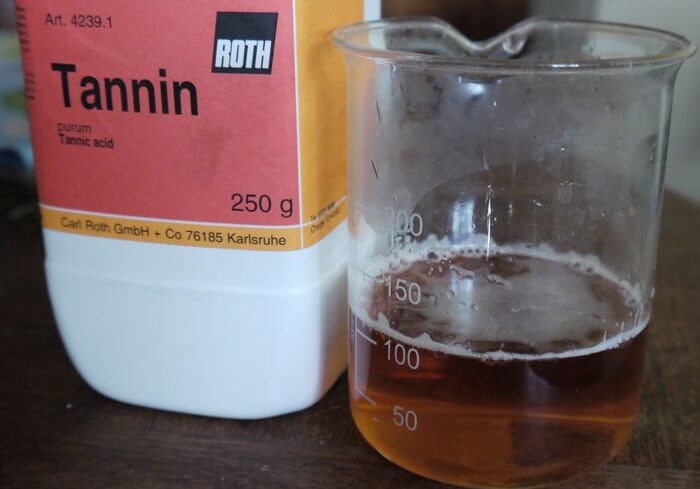
Tannin
- Tannin.
- Potassium permanganate.
- Chamomile decoction.
- Ichthyol ointment.
- Antibacterial agents.
Small wounds located at the entrance of the vagina are smeared with iodine. Preventive measures include the correct conduct of labor, the prevention of early attempts, the introduction of antispasmodics, the careful acceptance of the calf without the use of brute force, the lubrication of the vagina with sterile fat during calving.
Инфекции
Infectious diseases in cows in the post-calving period develop against the background of complications. With existing injuries in the uterus or vulva, pathogenic microflora can penetrate inside. The uterine environment is ideal for the reproduction of bacteria – it is warm and humid there. As a result, endometritis can develop – inflammation of the endometrium. Weakened by labor, the body is unable to cope with pathogenic microflora.
Similarly, the infection affects the uterus when the placenta is retained. Fragments of placental tissues inside the genital organ begin to rot, microbes multiply and cause severe inflammation. Any infectious diseases can be identified by their characteristic symptoms:
- General deterioration in the condition of the animal.
- An increase in body temperature.
- Lack of appetite.
- Signs of intoxication.
Treatment of infections involves the use of broad-spectrum antibiotics. The dosage and scheme is prescribed by the veterinarian, taking into account the condition of the animal, the severity of the development of the process, the weight of the cow.
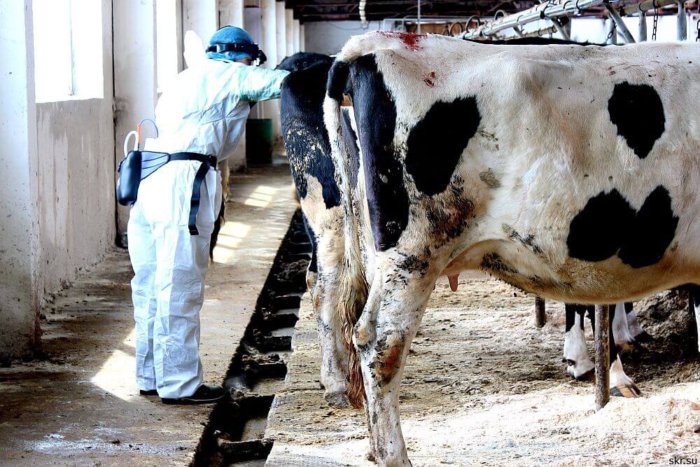
Veterinarian examining a cow
Laying down after calving
Often after the birth of a calf, farmers notice that the cow cannot rise to her feet. She constantly lies, and if she tries to get up, she fails, she falls. This condition is called laying down after calving. What are its reasons:
- Fracture of the pelvis.
- Stretching of the tendons in the pelvic region.
- Pinching of the sciatic nerve, as well as the obturator.
- Inflammation of muscle fibers.
Reference. The quality of the diet during pregnancy is directly related to the occurrence of this pathology.
Treatment includes measures aimed at eliminating the problem – eliminating the consequences of an injury received during calving. It is equally important to prevent the development of bedsores in the animal. The cow is provided with peace, she should lie on a soft bedding. Periodically, it is turned over and the affected areas are massaged using camphor alcohol. In some cases, anti-inflammatory drugs are used.
When does a cow start walking after calving?
With a favorable course of labor activity and the absence of complications, the cow begins to show the first signs of hunting already two to three weeks after calving. However, at this time her estrus will be short. The explanation for this is very simple – the cow’s reproductive system has not yet recovered. The corpus luteum is not yet capable of reproducing full-fledged eggs.
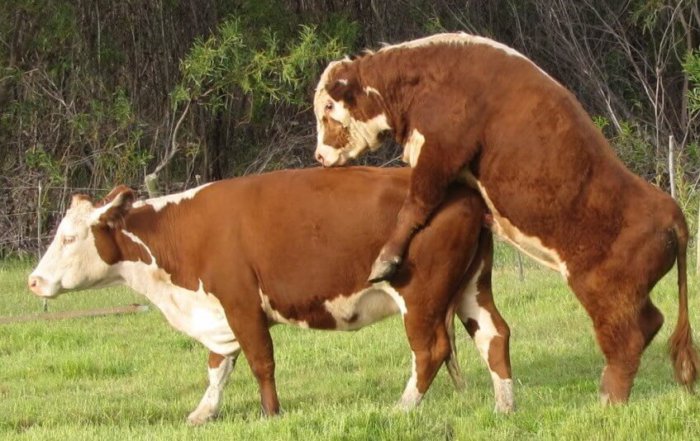
Cow insemination
Time must pass before the next insemination. It is necessary for the cow to rest and gain strength. Pregnancy is a difficult period during which the body is greatly depleted. The uterus should also return to normal, shrink to its natural size. The optimal time until the next mating is 45-60 days. However, in some cases it is worth waiting longer:
- If the cow is weak.
- If complications arise during pregnancy and calving.
- If the animal has low fertility.
Under such circumstances, it is worth giving the cow more time to recover and start insemination no earlier than 80-90 days after the previous calving.
Quality cow care during pregnancy and proper preparation for calving are important factors that help to avoid many problems and complications after the birth of a calf. Farmers should be attentive to their animals in order to recognize alarming symptoms in time and seek help from a veterinarian.

